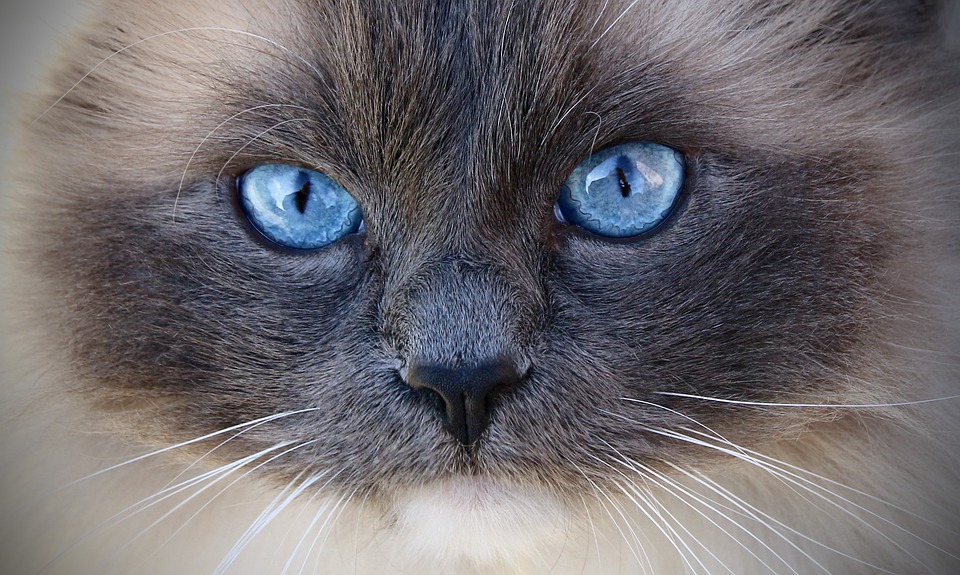Respiratory conditions can significantly impact the health and well-being of senior cats. As they age, their immune systems weaken, making them more susceptible to various respiratory issues. It is crucial for cat owners to be vigilant and knowledgeable about the signs and symptoms of respiratory conditions in senior cats, as early detection and treatment can greatly improve their quality of life.
Some common respiratory conditions that can affect senior cats include feline asthma, chronic obstructive pulmonary disease (COPD), upper respiratory infections (URIs), and pneumonia. Feline asthma is a chronic condition characterized by inflammation and narrowing of the airways, leading to coughing and wheezing. COPD is similar to asthma but is usually caused by long-term exposure to irritants such as cigarette smoke. URIs are common viral or bacterial infections that can cause sneezing, nasal discharge, and difficulty breathing. Pneumonia is a severe respiratory infection that can be life-threatening if left untreated.
Recognizing the signs and symptoms of respiratory conditions in senior cats is essential for early intervention. Coughing and wheezing, difficulty breathing, sneezing and nasal discharge, decreased appetite and weight loss, lethargy, and open-mouth breathing are some of the common indicators of respiratory issues. If you notice any of these symptoms in your senior cat, it is important to seek veterinary care promptly.
A thorough examination by a veterinarian is crucial for diagnosing respiratory conditions in senior cats. Diagnostic tests commonly used include X-rays and radiography to evaluate the lungs, blood tests to check for infection or inflammation, bronchoscopy to visualize the airways, and cultures and sensitivity tests to identify the specific infectious agent.
Treatment options for respiratory conditions in senior cats may include medications for symptom relief, such as bronchodilators to open the airways, corticosteroids to reduce inflammation, and antibiotics to treat bacterial infections. Environmental modifications can also help, such as minimizing irritants and allergens, using humidifiers and air purifiers, and creating a smoke-free environment. Supportive care and lifestyle adjustments, such as weight management, regular exercise, mental stimulation, and stress reduction techniques, can also contribute to improving respiratory health in senior cats.
Here are some frequently asked questions about respiratory conditions in senior cats:
Q1. Can respiratory conditions in senior cats be prevented?
A1. While it may not be possible to prevent all respiratory conditions, maintaining good overall health through regular veterinary check-ups, a balanced diet, and a clean living environment can help reduce the risk.
Q2. Are certain cat breeds more prone to respiratory problems?
A2. Some cat breeds, such as Persians and Himalayans, are more prone to respiratory issues due to their facial structure and shorter nasal passages.
Q3. How can I help my senior cat breathe easier at home?
A3. Creating a clean and smoke-free environment, using air purifiers and humidifiers, and minimizing exposure to irritants and allergens can help improve your senior cat’s respiratory health.
Q4. Is it safe to use human inhalers for feline asthma?
A4. It is not recommended to use human inhalers for feline asthma without veterinary guidance, as the dosage and medication may differ.
Q5. What are the potential complications of untreated respiratory conditions in senior cats?
A5. Untreated respiratory conditions in senior cats can lead to worsening symptoms, decreased quality of life, and potential life-threatening complications such as respiratory distress and pneumonia.
By being proactive and attentive to your senior cat’s respiratory health, you can help them enjoy their golden years to the fullest. Regular veterinary check-ups, prompt treatment, and a supportive home environment are essential for maintaining their respiratory well-being.








